Antarctica offers a once-in-a-lifetime adventure with pristine landscapes, stunning wildlife, and extreme conditions, making it a dream destination for explorers. From icy cliffs to penguin colonies, this article takes you through what makes Antarctica a top spot for unforgettable travel experiences.
Imagine exploring icy landscapes that stretch as far as the eye can see. Picture yourself surrounded by massive glaciers and majestic penguins. Adventures in Antarctica promise experiences that are both thrilling and unforgettable. This icy continent is a playground for those who seek the ultimate travel adventure.
Whether you're interested in wildlife, hiking, or simply marvelling at the pristine beauty, Antarctica has something for everyone. Let's dive into the heart of this frozen wonderland and discover what makes it a top destination for adventurers.
Introduction to Antarctica
Antarctica, the southernmost continent on Earth, is a place where extreme conditions and breathtaking beauty meet. Its stunning ice formations, unique wildlife, and pristine landscapes offer adventurers a genuinely unforgettable experience. From witnessing the majestic Emperor penguins to navigating icy waters, a journey to Antarctica is unlike any other. This article delves into what makes this icy wilderness so captivating, its challenges, and how to prepare for a once-in-a-lifetime adventure.
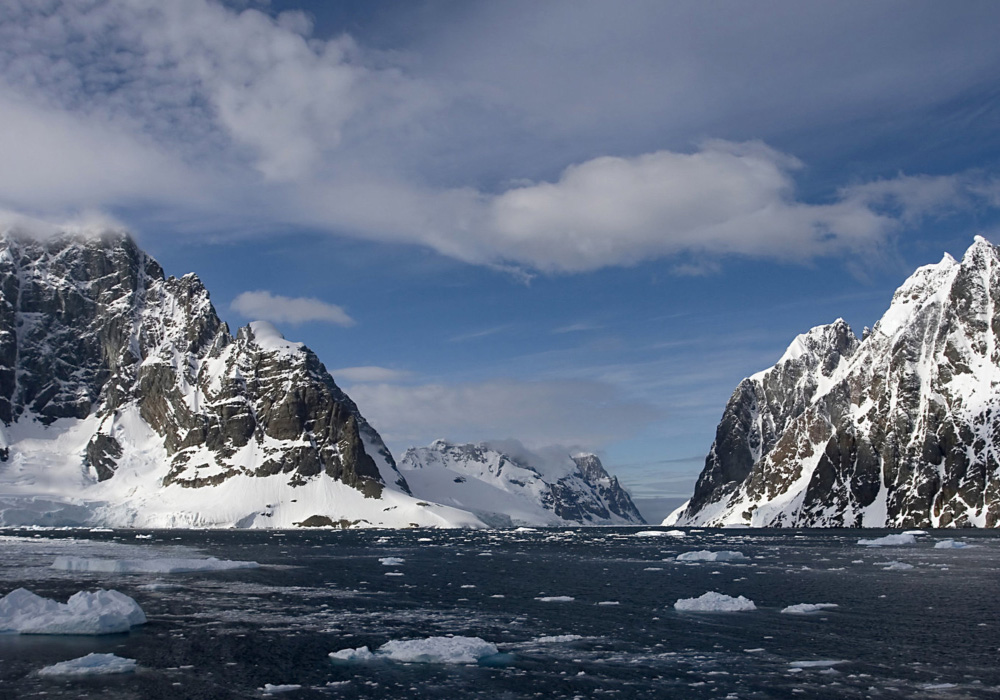
Have you ever wondered what it’s like to step foot on the most remote continent on Earth? Adventures in Antarctica offer a journey unlike any other. This unique destination is more than just a frozen desert; it’s a land of extreme conditions, breathtaking landscapes, and fascinating wildlife. Let’s dive into an introduction to Antarctica and discover what makes this icy continent so captivating.
Geography and climate
Antarctica is a vast, remote landmass covering about 14 million square kilometres—nearly twice the size of Australia. It is bordered by the Southern Ocean, which helps regulate its cold and harsh climate. Temperatures in the interior can plunge as low as -80°C in winter, while summer temperatures hover around -20°C. Despite the severe weather, the region’s rugged terrain and breathtaking beauty draw explorers, scientists, and wildlife enthusiasts from around the world.
The Antarctic Ice Sheet, the largest mass of freshwater on Earth, makes up about 60% of the world’s fresh water. Antarctica also features the Transantarctic Mountains, which divide the continent into East and West Antarctica. The Ross Ice Shelf, one of the most extensive ice shelves, extends over 500,000 square kilometres, providing dramatic views and endless expanses of untouched land. The continent’s geographic isolation and extreme climate make it a true frontier of exploration.
The harsh climate and geographical isolation make Antarctica a challenging place to explore. Yet, these very factors also contribute to its allure and mystique.
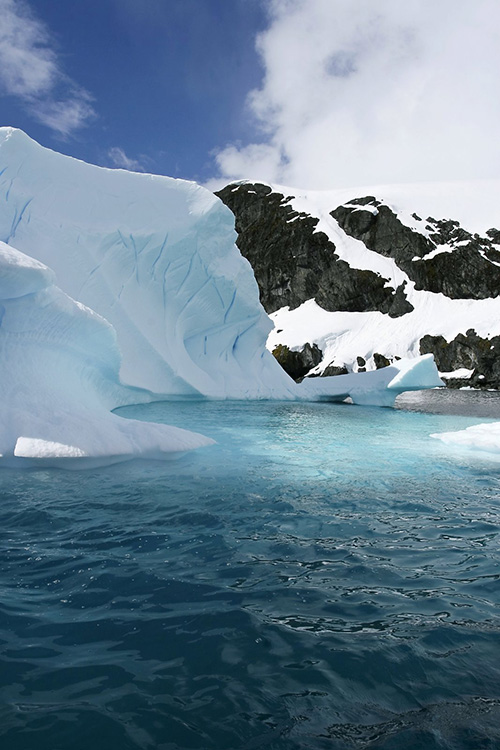
The unparalleled beauty of Antarctica
Antarctica’s landscapes are unlike anything found elsewhere. The vast expanses of ice and towering glaciers create a sense of awe.
The continent boasts a variety of stunning natural features:
- Glaciers: Massive rivers of ice that flow slowly towards the sea, carving out deep valleys and fjords.
- Icebergs: Floating chunks of ice that have broken off from glaciers, often exhibiting striking blue hues.
- Snow-covered mountains: Majestic peaks that rise sharply from the ice, creating dramatic vistas.
The light in Antarctica is also unique. During the summer months, the continent experiences 24 hours of daylight. This phenomenon, known as the Midnight Sun, bathes the landscape in a surreal, continuous glow. Conversely, the winter brings complete darkness, with the eerie beauty of the Southern Lights (Aurora Australis) painting the sky.
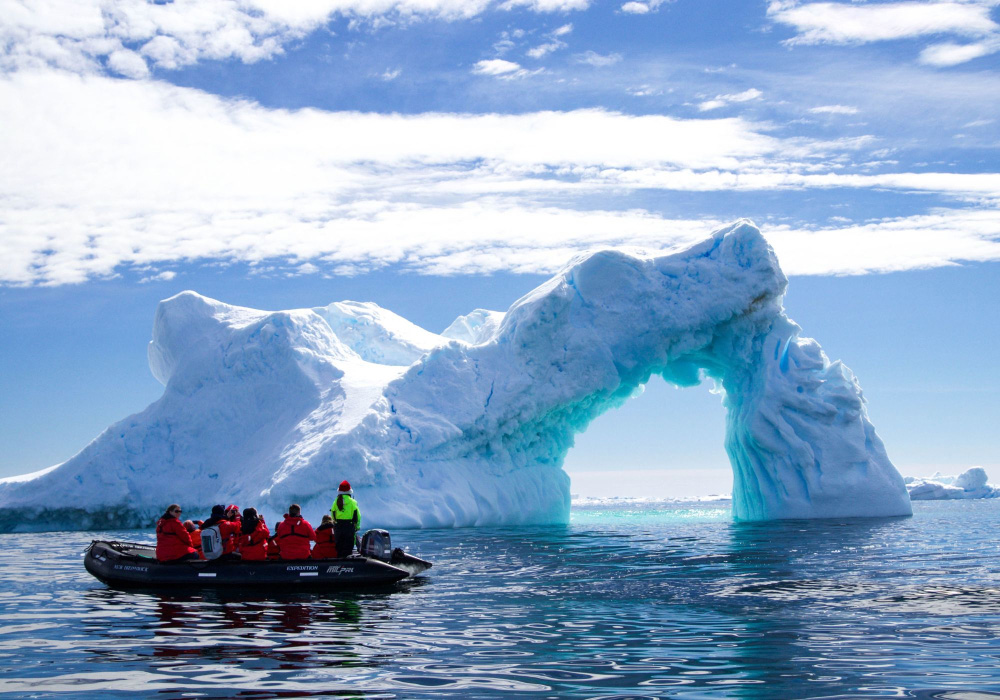
Visitors often describe the beauty of Antarctica as otherworldly. It’s a place where the sheer scale of nature’s creations can make one feel both insignificant and profoundly connected to the planet.
Unique ecosystem
Despite its harsh conditions, Antarctica is home to a diverse and unique ecosystem. This ecosystem is specially adapted to survive the extreme cold and isolation.
Key components of Antarctica's ecosystem include:
- Penguins: Species like the Emperor and Adélie penguins are iconic residents. They have adapted to the cold with thick layers of blubber and tightly packed feathers.
- Seals: Weddell seals, Leopard seals, and Crabeater seals are standard. They rely on the ice for breeding and resting.
- Birds: Various seabirds thrive in this environment, such as the Snow Petrel and the South Polar Skua.
- Marine life: The surrounding Southern Ocean is rich in marine life, including krill, which is a crucial food source for many Antarctic animals.
Antarctica’s ecosystem is fragile. Climate change and human activities pose significant threats. Conservation efforts are vital to protect this unique environment.
Scientists and researchers work tirelessly to understand and preserve the delicate balance of life in Antarctica. Their work is crucial for the future of this extraordinary continent.
Preparing for an expedition to the Frozen Continent
Preparing for an expedition to the frozen continent requires careful planning and consideration. The journey is filled with awe-inspiring landscapes, fascinating wildlife, and extreme weather conditions. To make the most of this once-in-a-lifetime adventure, it's essential to prepare thoroughly.
Best times to visit
Antarctica is a unique destination with specific times that are better suited for travel. The best time to visit is during the Antarctic summer, which spans from November to March. This period offers relatively milder temperatures, ranging from -2°C to 8°C (28°F to 46°F).
Here’s a month-by-month breakdown:
- November: Early summer. Expect pristine landscapes and fewer tourists. Great for photographers.
- December to January: Peak season. 24-hour daylight allows for extended exploration. Ideal for wildlife enthusiasts as penguins hatch.
- February to March: Late summer. Best time for whale watching. The ice begins to melt, making it easier to access certain areas.
Ushuaia: The point of departure
Ushuaia, located at the southernmost tip of Argentina, is known as the gateway to Antarctica and serves as the departure point for many expeditions to the frozen continent. This picturesque town is a place where stunning natural beauty meets rich history, providing a unique experience for travellers before embarking on their Antarctic journey. With its breathtaking views of the Beagle Channel and surrounding mountains, Ushuaia is not only the starting point for Antarctic expeditions but also a destination in its own right, offering a wide range of activities and attractions.

One of the town's highlights is Tierra del Fuego National Park, a UNESCO biosphere reserve that showcases the stunning natural landscapes of the region, including dramatic coastlines, rugged mountains, and ancient forests. The Maritime Museum offers a glimpse into the area's seafaring history, while the End of the World Museum allows visitors to learn about the indigenous cultures and the early explorers who ventured into these remote lands. These attractions provide an enriching prelude to the adventure awaiting in Antarctica.
Here are some key points to consider:
- Local attractions: Visit the Tierra del Fuego National Park, the Maritime Museum, and the End of the World Museum.
- Accommodation: Choose from a range of hotels and lodges, ensuring you have a comfortable stay before the expedition.
- Gear and supplies: Purchase or rent necessary gear, such as waterproof clothing, boots, and gloves.
- Transportation: Ushuaia is accessible by air, with regular flights from Buenos Aires.
Ushuaia's scenic beauty and rich history make it an excellent place to start your Antarctic adventure. Take the time to explore and gather everything you need for the journey ahead.
The journey to Antarctica
The journey to Antarctica is a thrilling experience, and for most travellers, it begins aboard a specially equipped expedition ship. These vessels are built to navigate the icy, unpredictable waters of the Southern Ocean, ensuring a safe and comfortable passage as you venture into one of the most remote places on Earth.
- Drake Passage: Crossing the Drake Passage is often described as one of the most exhilarating parts of the trip. The powerful waves and fierce winds encountered in this stretch of water serve as a reminder of nature's untamed strength. While some may find the conditions challenging, many see it as a rite of passage for reaching the frozen continent.
- Wildlife sightings: The chance to observe unique wildlife is a highlight during the journey. As the ship makes its way south, keep your eyes peeled for whales, seals, and seabirds, such as albatrosses and petrels. These majestic creatures often accompany the ship, offering prime opportunities for wildlife photography and giving you a glimpse of the animals that thrive in this extreme environment.
- Lectures and workshops: Many Antarctic expedition ships offer educational programs to enhance your journey. Through lectures and workshops on Antarctica's history, geology, and ecology, you'll gain deeper insights into the continent's fascinating landscape and the scientific work being conducted there. Experienced naturalists and researchers often lead these sessions, adding valuable context to your experience.
- Comfortable accommodations: Despite the ruggedness of the surrounding landscape, the ships offer comfortable accommodations. Cabins are equipped with everything you need for a relaxing stay, and onboard dining provides a warm, satisfying experience after a day of exploration. The common areas are perfect for unwinding, sharing experiences with fellow travellers, and enjoying stunning views of the ocean and distant icebergs.
The journey to Antarctica is an adventure in itself, one that’s full of anticipation and awe. As you cross the Drake Passage and approach the frozen landscape, be ready for a transformative experience that will leave you with memories to last a lifetime.
Wildlife encounters
One of the most thrilling aspects of exploring this icy continent is encountering its unique wildlife. From charming penguins to majestic seals and diverse bird species, every moment spent in Antarctica offers a chance to witness nature's wonders up close.
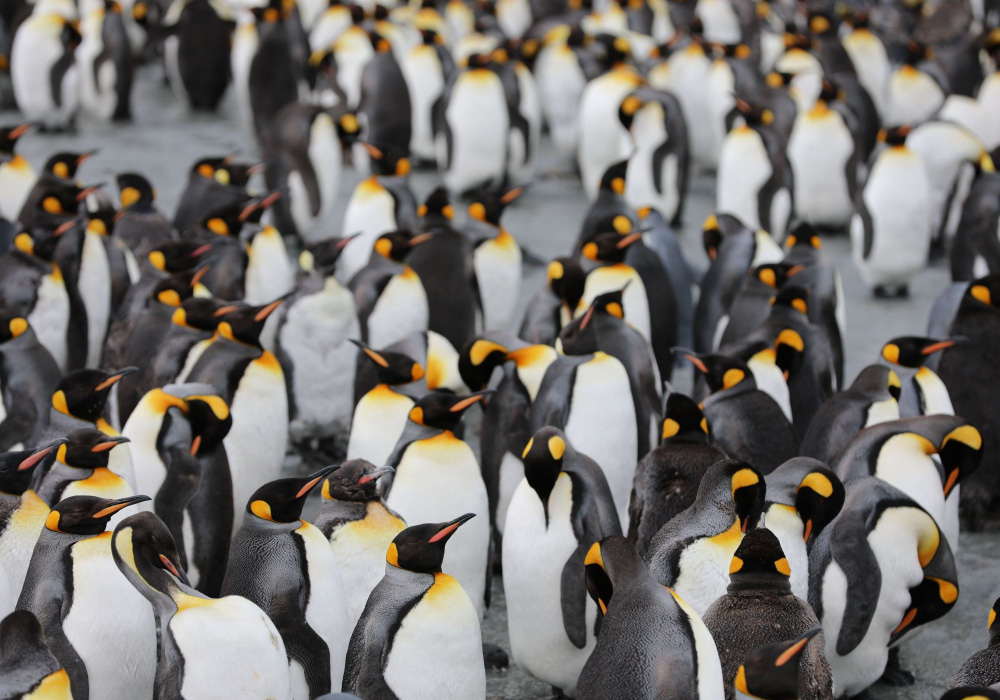
Penguins and seals
Penguins are often the stars of any Antarctic adventure. These delightful birds are found in abundance on the continent. Some popular species include the Emperor, Adelie, and Gentoo penguins. Watching them waddle across the ice or dive into the icy waters is a sight to behold.
- Emperor penguins: The largest of all penguin species. They are known for their impressive height and beautiful yellow plumage.
- Adelie penguins: Smaller and more agile, these penguins are often seen in large colonies.
- Gentoo penguins: Recognizable by their bright orange beaks and feet, they are excellent swimmers.
Seals are another fascinating part of Antarctica's wildlife. They can be seen lounging on the ice or swimming in the frigid waters. The most common types include:
| Seal species | Characteristics |
|---|---|
| Weddell Seals | Known for their calm nature and distinctive spots. |
| Leopard Seals | Famous for their fierce hunting skills and sleek bodies. |
| Crabeater Seals | Despite their name, they primarily eat krill. |
Bird species
Antarctica is not just home to penguins and seals. Many bird species thrive in this harsh environment. These birds are adapted to cold climates and are a joy to watch.
Some notable bird species include:
- Albatrosses: Known for their long wingspan, these birds can glide over vast distances.
- Petrels: Often seen flying close to the water's surface, petrels are excellent at navigating the stormy seas.
- Skuas: Aggressive and opportunistic; skuas are known for their bold behaviour.
Bird watching in Antarctica is an unforgettable experience. The sight of these resilient birds thriving in such an extreme environment is truly inspiring.
Watching these birds in their natural habitat is a highlight of any trip to Antarctica. Their presence adds to the enchantment of this icy wilderness.
Activities and adventures
The continent is a playground for those who love extreme activities. From scaling icy cliffs to paddling through serene glaciers, there's something for everyone. Let's explore the exhilarating activities and adventures you can enjoy in this frozen wonderland.
Ice climbing
Ice climbing in Antarctica is a thrilling adventure. Climbers face the challenge of ascending frozen waterfalls and steep ice walls. The activity requires strength, stamina, and skill. Here are some key points about ice climbing in Antarctica:
- Equipment: Climbers use crampons, ice axes, and ropes.
- Guides: Experienced guides ensure safety and provide training.
- Difficulty: Suitable for beginners and advanced climbers.
Climbers often start early in the morning. The sun's rays create a magical sparkle on the ice. The journey includes breathtaking views of the vast, icy landscape. Here’s a quick look at some essential gear:
| Item | Description |
|---|---|
| Crampons | Spiked devices attached to boots for traction on ice. |
| Ice Axes | Used for climbing and as a safety tool. |
| Ropes | Secure climbers and provide support. |
Ice climbing is not just about the physical challenge. It’s about connecting with the raw beauty of nature. Every climb is a story of perseverance and adventure.
Kayaking in glaciers
Kayaking through Antarctica's glaciers is a peaceful yet exhilarating activity. Paddlers glide through icy waters, surrounded by towering ice formations. This adventure offers a close-up view of the continent’s stunning beauty. Here are some highlights:
- Scenery: Majestic glaciers, icebergs, and snow-covered mountains.
- Wildlife: Spot seals, penguins, and sea birds.
- Guided Tours: Led by experts who share knowledge about the region.
Kayaking allows you to experience Antarctica’s serene environment at your own pace. You can paddle close to massive icebergs. The reflection of the blue ice in the water is mesmerizing. Here are some benefits of kayaking:
- Exercise: Great for physical fitness.
- Photography: Capture stunning landscapes and wildlife.
- Relaxation: Enjoy the peace and quiet of the icy waters.
Whether you are a seasoned kayaker or a beginner, this activity is a must-try. The calm waters and beautiful scenery make for an unforgettable experience. Kayaking in Antarctica is not just an adventure. It’s a journey through one of the world’s most pristine environments.
Final thoughts
Antarctica offers adventures like no other place on Earth. The continent’s stark beauty, abundant wildlife, and harsh environment offer a rare glimpse into the raw power of nature. For those willing to face its challenges, Antarctica provides an opportunity to witness a world like no other—where ice, wildlife, and breathtaking landscapes create unforgettable memories.
The allure of Antarctica lies not only in its beauty but also in the incredible experiences it offers to those who venture there. From seeing penguins in their natural habitat to marvelling at glaciers that stretch as far as the eye can see, an Antarctic expedition is an adventure that leaves a lasting impact on every traveller. Antarctica is the ultimate destination for those seeking a truly unique travel experience.

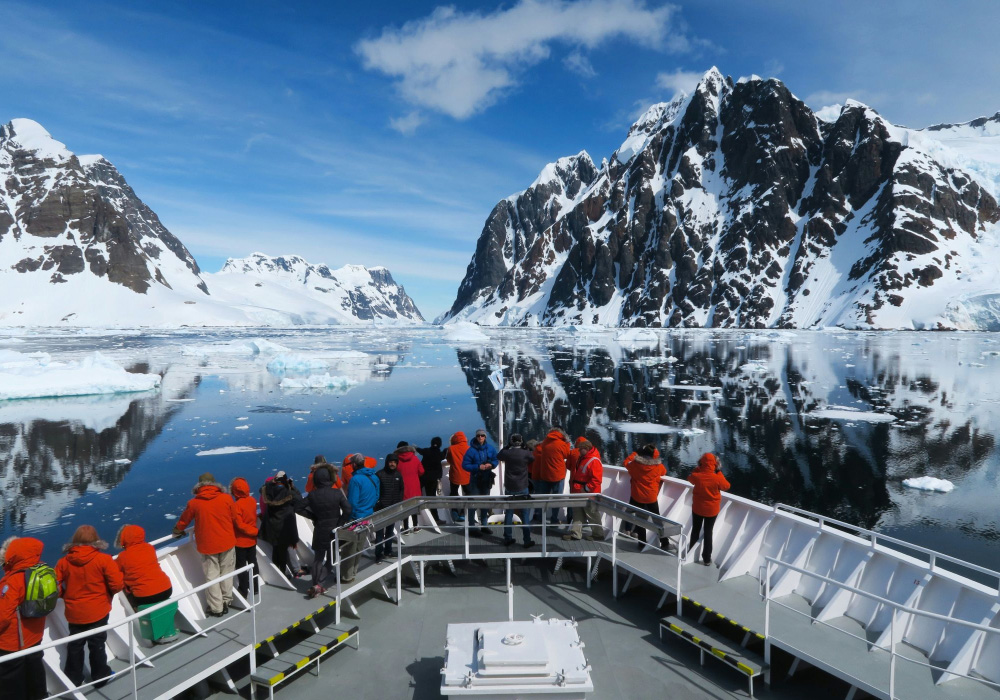

Comments powered by CComment